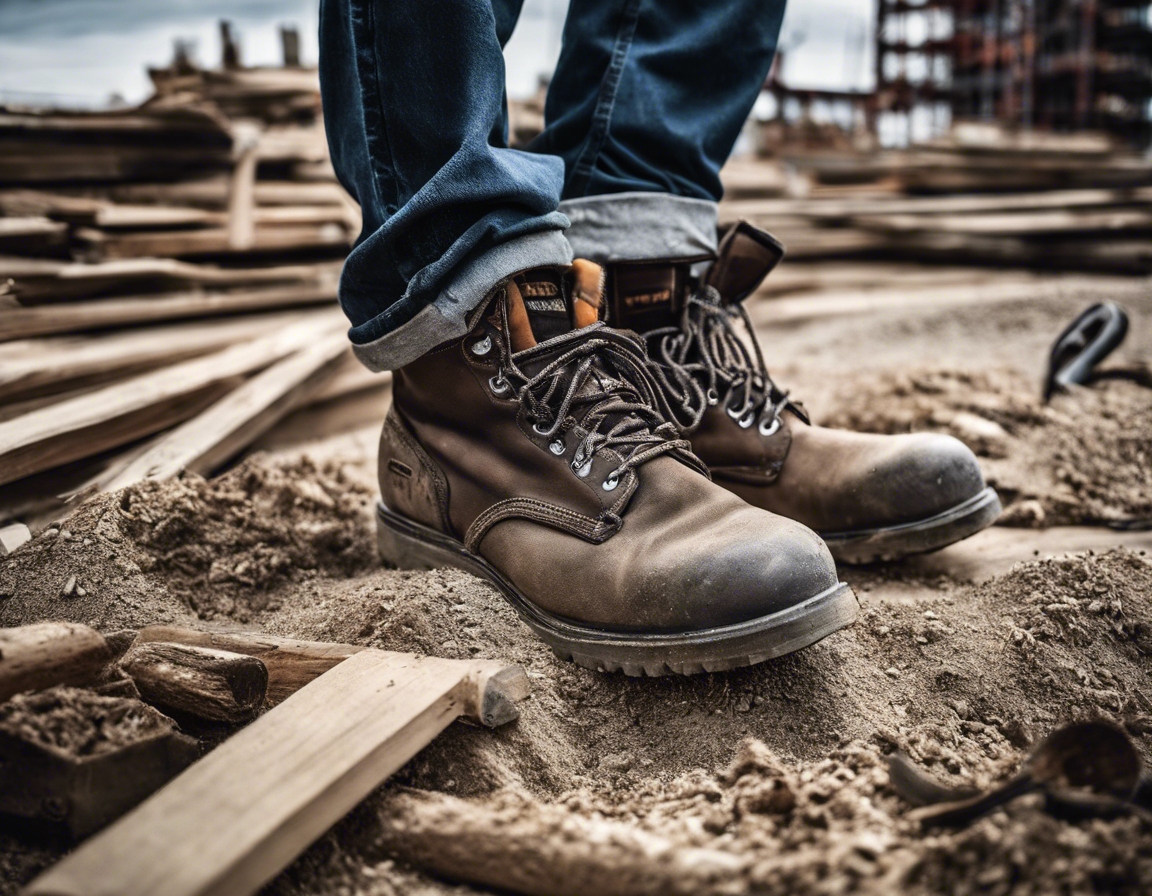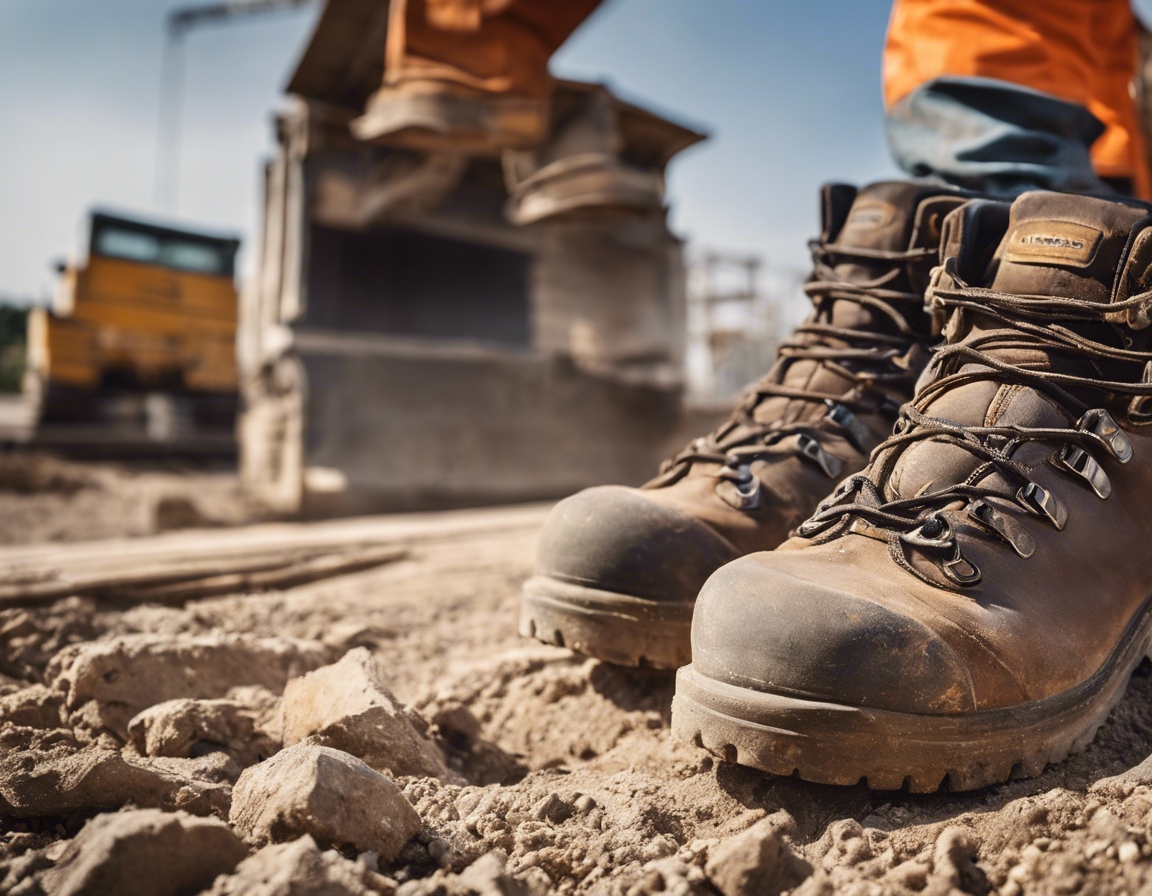5 essential features of safety footwear
For professionals in high-risk industries, safety footwear is not just an accessory but a necessity. The right pair of protective boots or shoes can be the difference between a regular workday and a catastrophic injury. In this post, we'll explore the five essential features that define safety footwear, ensuring that you make an informed decision for your occupational needs.
Feature 1: Toe Protection
One of the most critical components of safety footwear is toe protection. A reinforced toe cap can shield your feet from falling objects and compression incidents. Let's delve into the types of toe caps and their certifications.
Toe caps come in various materials, including steel, composite, and aluminum, each offering different levels of protection and comfort. Steel is the traditional choice for its high level of protection, while composite materials offer a lighter alternative without conducting heat or cold.
Safety footwear must meet specific standards, such as ASTM in the United States or ISO internationally. These certifications ensure that the toe caps can withstand a certain amount of force and compression.
Feature 2: Puncture Resistance
Puncture-resistant footwear is essential for preventing injuries from sharp objects like nails or shards of metal or glass. This feature is crucial for industries where the risk of stepping on hazardous materials is high.
Manufacturers use materials such as steel midsoles or advanced textile composites to provide puncture resistance without compromising flexibility.
Construction, manufacturing, and waste management are a few industries where puncture resistance in footwear is vital for safety.
Feature 3: Slip Resistance
Slippery surfaces are a common hazard in many work environments. Slip-resistant shoes can significantly reduce the risk of falls and related injuries.
Outsoles designed with specific tread patterns and made from materials that provide better traction are key to preventing slips and falls.
The right tread pattern can channel away liquids and provide a better grip on different surfaces, which is essential for maintaining balance and stability.
Feature 4: Electrical Hazard Protection
For those working with electricity or in areas where electrical hazards are present, footwear with electrical hazard protection is indispensable.
Boots and shoes designed to protect against electrical hazards are made with non-conductive materials, insulating the feet from electrical charges.
Footwear must meet specific electrical safety standards, such as ASTM F2413-11, to ensure they provide adequate protection against electrical risks.
Feature 5: Durability and Comfort
Finally, safety footwear must be durable enough to withstand harsh conditions and comfortable enough for long hours of wear.
High-quality materials and robust construction methods contribute to the durability of safety footwear, ensuring they can endure the rigors of tough work environments.
Features such as padded insoles, ergonomic design, and breathable materials can help enhance comfort, reducing fatigue and the risk of foot-related injuries.





Comments (0)